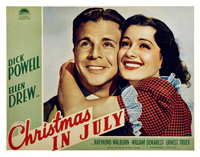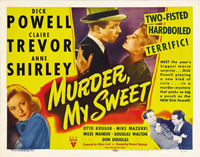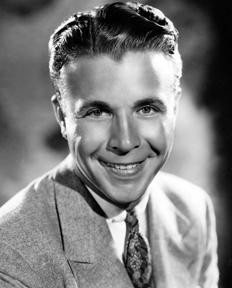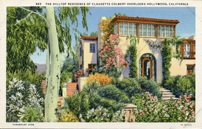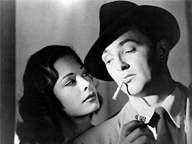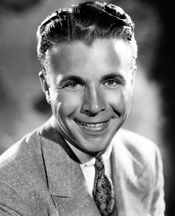 Dick Powell is the featured star on Monday, August 25, during Turner Classic Movies‘ Summer Under the Stars festival that happens every August. There are any number of pictures airing that day that might be enjoyed, but we noted three particular pictures that feature an appealing diversity of style and genre and demonstrate Powell’s versatility, and so we commend them to you as a collective 4.5 hours well worth watching.
Dick Powell is the featured star on Monday, August 25, during Turner Classic Movies‘ Summer Under the Stars festival that happens every August. There are any number of pictures airing that day that might be enjoyed, but we noted three particular pictures that feature an appealing diversity of style and genre and demonstrate Powell’s versatility, and so we commend them to you as a collective 4.5 hours well worth watching.
The triple feature kicks off at 8 p.m. ET with the great Preston Sturges comedy Christmas in July (1940), which finds Powell portraying an office clerk who mistakenly believes his entry has been named the winner in a coffee company’s slogan contest. Hilarity, as one might expect, ensues. Next up, at 9:15 p.m., Powell takes a noir turn as Raymond Chandler‘s shamus, Phillip Marlowe, in Murder, My Sweet (1944). Finally, at 11:00 p.m., Powell takes center stage in one of Busby Berkeley‘s more over-the-top musical efforts, Dames (1934).
We say, record the Emmys and watch these three movies on Monday night, but at the very least, fire up the DVR and record this trio of motion pictures for later viewing; you won’t regret it.

